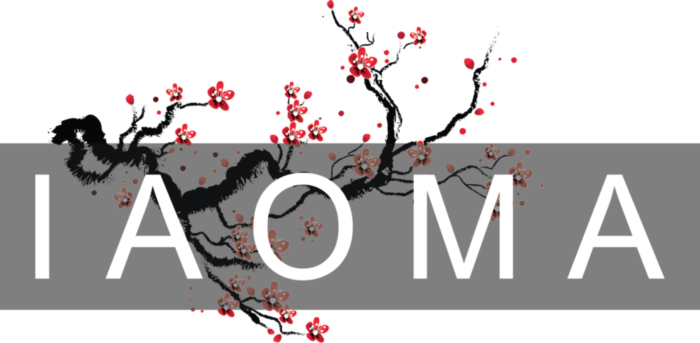Adverse Events
Proponents of dry needling by physical therapists insist the practice is safe and effective, but studies indicate otherwise.* Of the professions in the studies used in the chart below, the Irish Physiotherapists have the least amount of training in needling technique, followed by the German Medical Doctors. As is evident, the amount of specialized training in needling technique directly correlates to a practitioner’s ability to safely use a needling therapy such as acupuncture.
The study regarding Irish Physiotherapists can be found here: http://www.ncbi.nlm.nih.gov/pmc/articles/PMC4101552/
The study regarding German Medical Doctors can be found here: http://www.ncbi.nlm.nih.gov/pubmed/19420954
The study regarding UK traditional acupuncturists can be found here: http://www.ncbi.nlm.nih.gov/pmc/articles/PMC48134/
The 1999 study regarding Japanese acupuncturists can be found here: http://www.ncbi.nlm.nih.gov/pubmed/10381246
The 2000 study regarding Japanese acupuncturists can be found here: http://www.ncbi.nlm.nih.gov/pubmed/?term=2000+yamashita+acupuncture
The Cautionary Tale of Olympian Kim Ribble-Orr
The chart above only references mild adverse rates. However, there have been instances of severe adverse events associated with the use of needles in improperly trained or negligent hands. Our main contention with dry needling by physical therapists is that to safely and effectively use acupuncture needles, a practitioner needs to have hundreds of hours of specialized training in the use of acupuncture needles–as a Licensed Acupuncturist does.
The most serious adverse event associated with dry needling is pneumothorax, or the collapse of a lung caused by a needle puncture. The most widely spread story of pneumothorax was one done to Canadian Olympic athlete Kim Ribble-Orr by a massage therapist with minimal training. The massage therapist in question had received training in the form of five 3-day weekend courses and 174 hours of study at home. Licensed Acupuncturists in the U.S. have over 1800 hours of training; in comparison, physical therapists who want to start dry needling only need to complete a single weekend course in order to be permitted in some states to practice on patients without supervision. For an eloquent article written on the subject of Ribble-Orr’s injury, go here.
Patient Trust
As one acupuncture patient wrote to the Iowa Board of Physical and Occupational Therapy in the Public Comment period regarding Dry Needling in 2015,
It seems more than dishonest to me that there are health professionals claiming proficiency in acupuncture by calling it another name and taking short workshops on the topic. Dry needling is acupuncture, and to call it anything else and to have less than the proper level of knowledge is wrong. It insults the work [licensed acupuncturists] have put into their education and their clinical practice, and it misleads the public by falsely promoting a skill physical therapists do not truly have. We, the public, place trust in the licensing and regulating systems. We trust that if a medical professional says she or he is qualified to perform a certain task, she or he truly is…. Allowing dry needling to be performed by physical therapists violates the trust we place in [licensing boards] and personally undermines the way I see many health professionals now.
*Unfortunately, there aren’t many studies on acupuncture or dry needling safety conducted in the United States, and so some of the information above is from other countries. Still, standards are similar between the training of traditional acupuncturists in many different countries, as are the training programs for physical therapists in dry needling across the world.
Have you been injured by a physical therapist practicing dry needling in Iowa? File a formal complaint with the Iowa Board of Physical and Occupational Therapy here.
